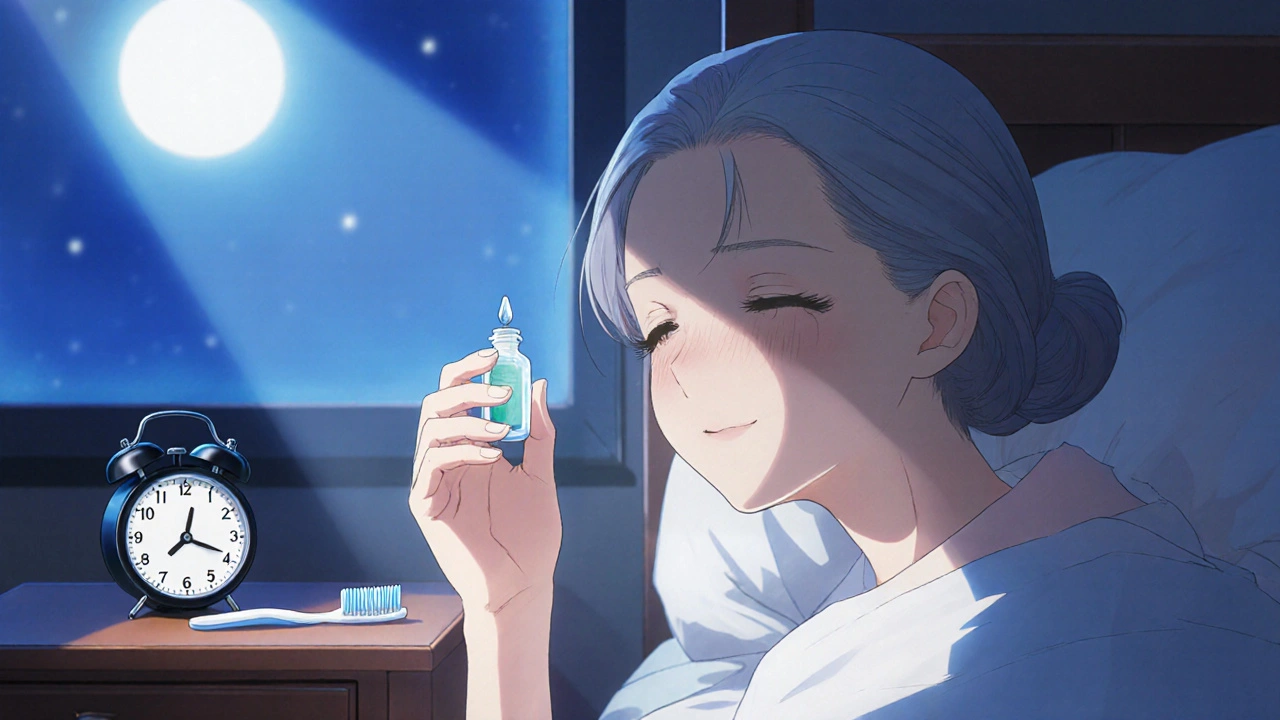Eye Drops: What They Are, How They Work, and Which Ones You Might Need
When your eyes feel dry, itchy, or red, eye drops, liquid medications applied directly to the eye to relieve symptoms or treat conditions. Also known as ocular drops, they’re one of the most common ways to deliver medicine straight to the surface of your eye—bypassing the digestive system and acting fast. Unlike pills that take hours to work, eye drops can ease discomfort in minutes. But not all eye drops are the same. Some are simple lubricants for dry eyes. Others contain powerful steroids or antibiotics that need a prescription and careful use.
One major type you’ll hear about is Pred Forte, a strong steroid eye drop used to reduce inflammation after surgery or from conditions like uveitis. It’s powerful, but it’s not for long-term use without supervision. Too much can raise eye pressure, leading to glaucoma. That’s why it’s often compared to other steroid eye drops like loteprednol or fluorometholone—each has different strengths, durations, and side effect risks. Then there are non-steroid options: antihistamine drops for allergies, antibiotic drops for infections like conjunctivitis, and artificial tears that mimic natural tears for chronic dry eye. Some people need them daily. Others only need them after a procedure or during allergy season.
What you don’t see on the bottle matters just as much as what’s inside. Many people use over-the-counter drops with redness relievers like tetrahydrozoline. These shrink blood vessels temporarily but can make redness worse over time. And mixing eye drops without waiting 5 minutes between them? That’s a common mistake—your eye can’t hold more than one drop at a time, so the second one just washes the first out. Also, never share eye drops. Even if they look clean, you could pass along bacteria or viruses.
There’s also a growing group of people who need eye drops not for disease, but for lifestyle. Staring at screens all day? That’s a leading cause of dry eye. Wearing contacts? That can make dryness worse. Aging? Your tear production naturally slows down. These aren’t medical emergencies, but they’re real problems—and eye drops are often the first line of defense. The right drop can mean the difference between squinting through your workday and seeing clearly without discomfort.
What you’ll find below is a collection of real, practical guides on eye drops and related treatments. You’ll see how Pred Forte stacks up against other steroid options, what to expect when switching drops, and how to avoid the most common mistakes people make with them. Whether you’re using them for allergies, inflammation, or just dryness, this isn’t just about what’s in the bottle—it’s about using them safely, effectively, and without unnecessary risk.
Latanoprost improves glaucoma treatment by lowering eye pressure with just one daily drop, making it easier for patients to stick with their regimen. Its simplicity, effectiveness, and minimal side effects lead to higher compliance rates than older medications.

